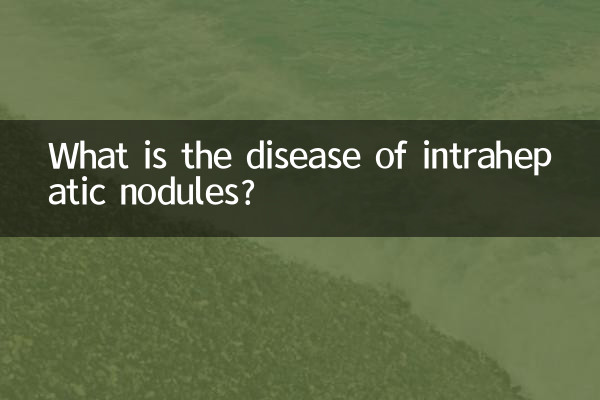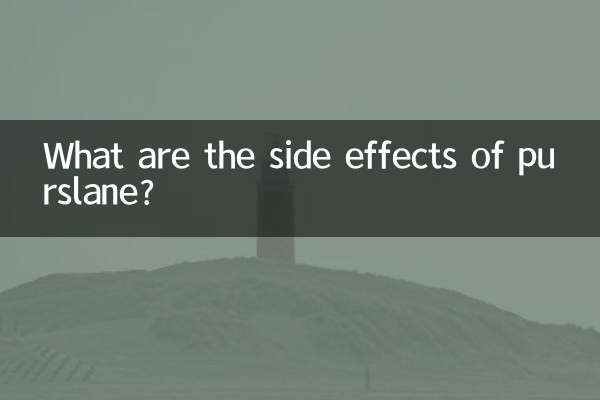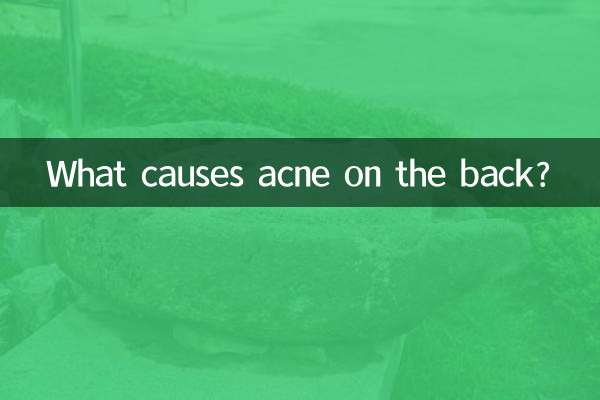What is the disease of intrahepatic nodules?
Intrahepatic nodules are a common liver disease, which refers to local abnormal growths or masses in the liver. With the improvement of health awareness and the popularization of imaging technology, the detection rate of intrahepatic nodules is increasing year by year. This article will combine the hot topics and hot content on the Internet in the past 10 days to provide you with a detailed analysis of the etiology, classification, diagnosis and treatment of intrahepatic nodules.
1. Common causes of intrahepatic nodules

The causes of intrahepatic nodules are complex and may be related to the following factors:
| Cause type | Specific instructions | Related diseases |
|---|---|---|
| benign lesions | Liver cysts, hepatic hemangioma, focal nodular hyperplasia, etc. | Usually no treatment is needed |
| malignant lesions | Primary liver cancer, metastatic liver cancer, etc. | Need timely intervention |
| infectious disease | Liver abscess, parasitic infection, etc. | Anti-infective treatment required |
| metabolic disease | Fatty liver nodules, cirrhosis nodules, etc. | Requires lifestyle adjustments |
2. Clinical manifestations of intrahepatic nodules
Most intrahepatic nodules have no obvious symptoms in the early stage and are often discovered accidentally during physical examination. When a nodule grows or worsens, the following symptoms may occur:
| Symptom type | Specific performance | Probability of occurrence |
|---|---|---|
| Asymptomatic | Physical examination revealed no discomfort | about 60% |
| slight discomfort | Dull pain and fullness in the right upper quadrant | about 25% |
| obvious symptoms | Jaundice, weight loss, ascites | about 10% |
| Emergency symptoms | Nodule rupture and bleeding | about 5% |
3. Diagnostic methods of intrahepatic nodules
It is crucial to accurately diagnose the nature of intrahepatic nodules. The following are commonly used examination methods:
| Check method | Advantages | limitation |
|---|---|---|
| Ultrasound examination | Non-invasive, convenient and economical | Limited resolution |
| CT examination | Clear display and three-dimensional reconstruction possible | There is radiation |
| MRI examination | High soft tissue contrast | higher cost |
| needle biopsy | gold standard for diagnosis | Invasive examination |
4. Treatment strategies for intrahepatic nodules
The treatment plan needs to be formulated based on the nature, size, location of the nodule and the patient’s overall condition:
| Nodule type | Treatment principles | Specific measures |
|---|---|---|
| benign nodules | Observation and follow-up | Review in 3-6 months |
| benign large nodule | discretion | surgery or intervention |
| malignant nodule | Active treatment | Surgery + comprehensive treatment |
| infected nodules | Anti-infection | Drugs + drainage |
5. Prevention and daily precautions
The key to preventing intrahepatic nodules is to maintain liver health:
1. Regular physical examination: Especially for patients with a family history of liver disease or chronic liver disease, it is recommended to have a liver ultrasound examination once a year.
2. Healthy diet: avoid high-fat and high-sugar diets, control alcohol intake, and eat more fresh fruits and vegetables.
3. Moderate exercise: Maintain regular exercise, control weight, and prevent fatty liver.
4. Use medication with caution: Avoid drug abuse, especially drugs that may damage the liver.
5. Manage basic diseases: Actively treat chronic liver diseases such as hepatitis B and hepatitis C.
6. Latest research progress
According to recent medical journal reports, the application of artificial intelligence in the differential diagnosis of liver nodules has achieved a breakthrough. By analyzing image features using deep learning algorithms, the accuracy of identifying benign and malignant nodules can reach over 85%. In addition, liquid biopsy technology also shows good promise in early screening of liver cancer.
Although intrahepatic nodules are common, there is no need to panic. After discovering intrahepatic nodules, you should seek medical treatment promptly. A professional doctor will evaluate the nature of the nodules and formulate an individualized diagnosis and treatment plan. Remember, early detection, early diagnosis, and early treatment are the best strategies for dealing with intrahepatic nodules.

check the details

check the details